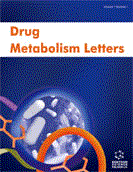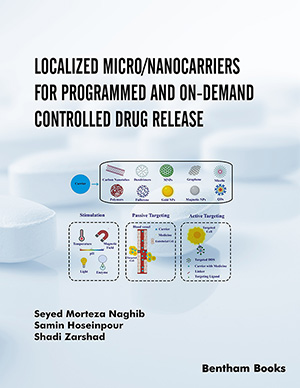Abstract
The transport of hydroxyurea, a ribonucleoside reductase inhibitor, over biological membranes is slow and it has therefore been suggested that the substance could interact with an active efflux transporter. The transport of [11C]hydroxyurea into the rat brain was therefore studied after administration of the multidrug resistance protein inhibitor probenecid (50 and 150 mg/kg), the P-glycoprotein inhibitor cyclosporin A (25 mg/kg), hydroxyurea (50, 150 and 450 mg/kg) and mannitol (25%). None of the intervention drugs affected the brain uptake of [11C]hydroxyurea. The brain-toplasma concentration ratios (Kp), with or without intervention drug, were in the range 0.12-0.25 after 60 min of [11C]hydroxyurea infusion. [11C]Verapamil, a P-glycoprotein substrate with low brain penetration, was used to study the ability of hydroxyurea to inhibit P-glycoprotein. Administration of hydroxyurea (150 and 450 mg/kg) did not increase brain concentrations of [11C]verapamil. It is therefore unlikely that hydroxyurea is a substrate for or an inhibitor of Pglycoprotein or a substrate for a probenecid sensitive transport system. The low brain concentrations may instead be the result of slow uptake due to the hydrophilic nature of hydroxyurea.
Keywords: PET, [11C]hydroxyurea, [11C]verapamil, pharmacokinetics, blood-brain barrier, active efflux
 5
5














